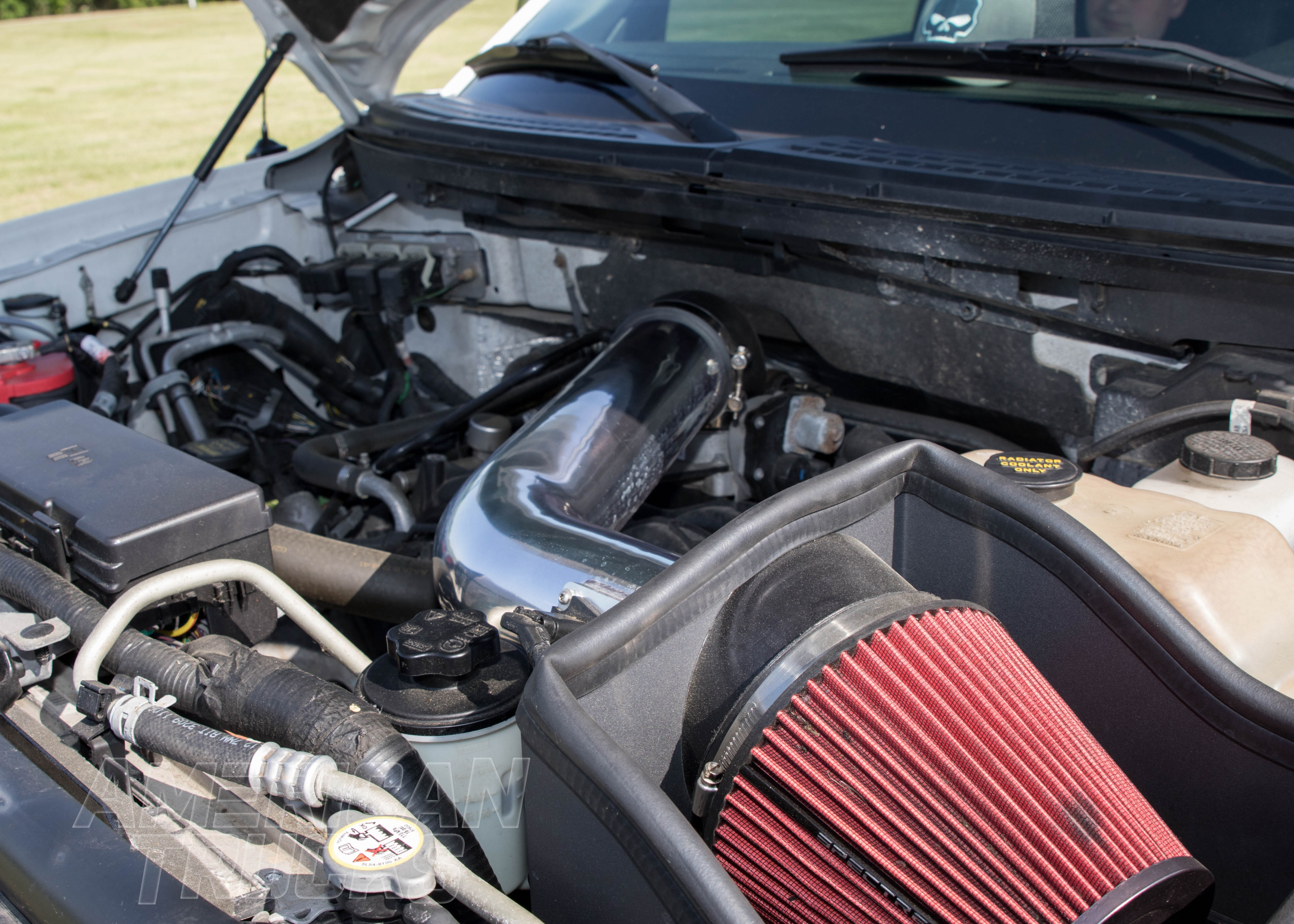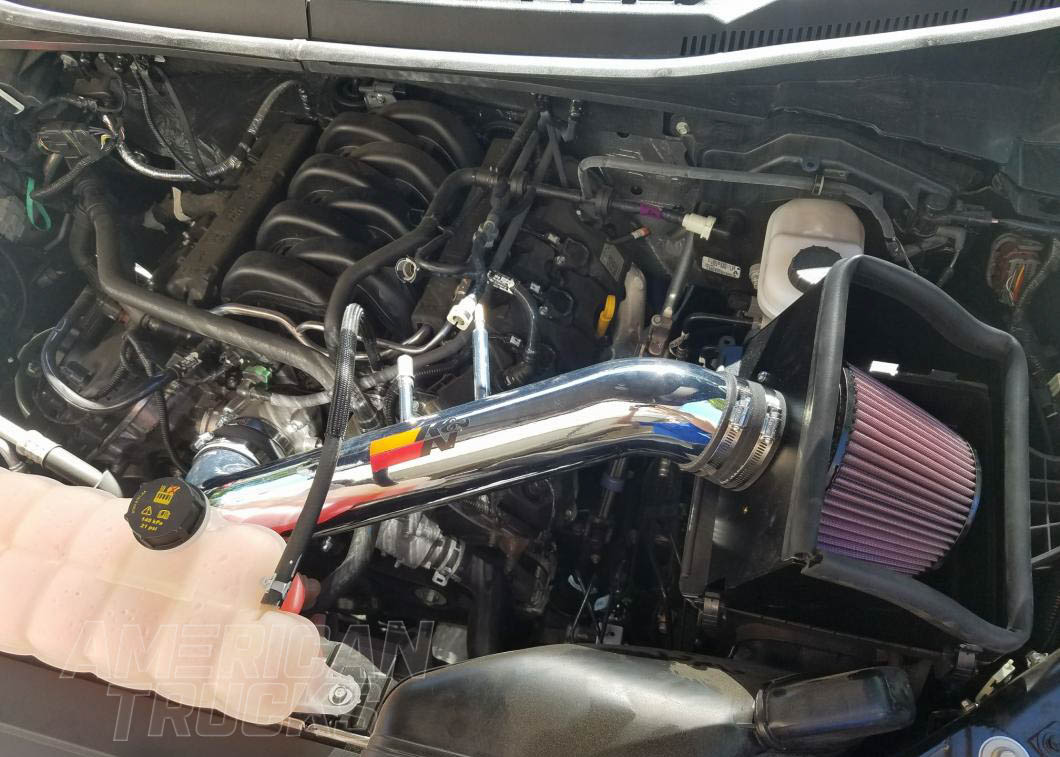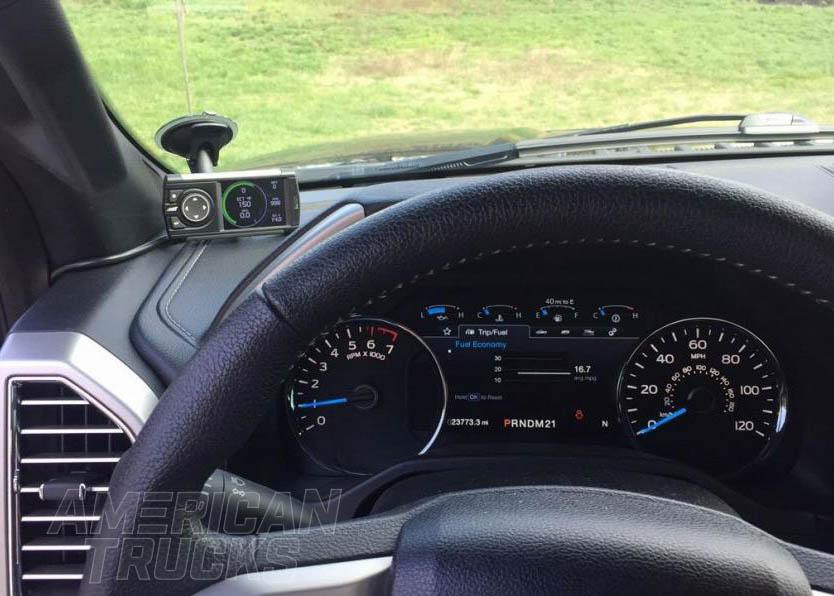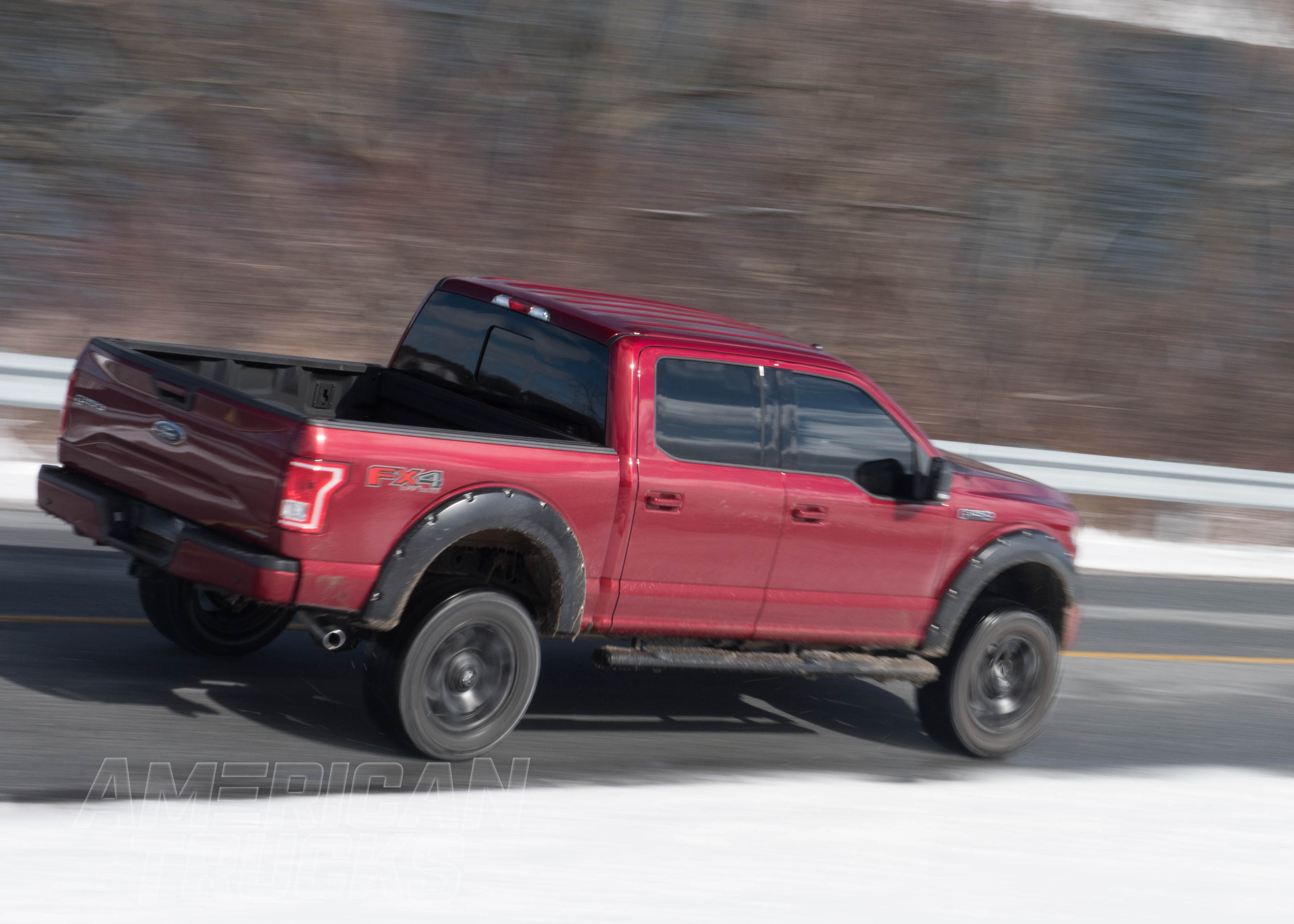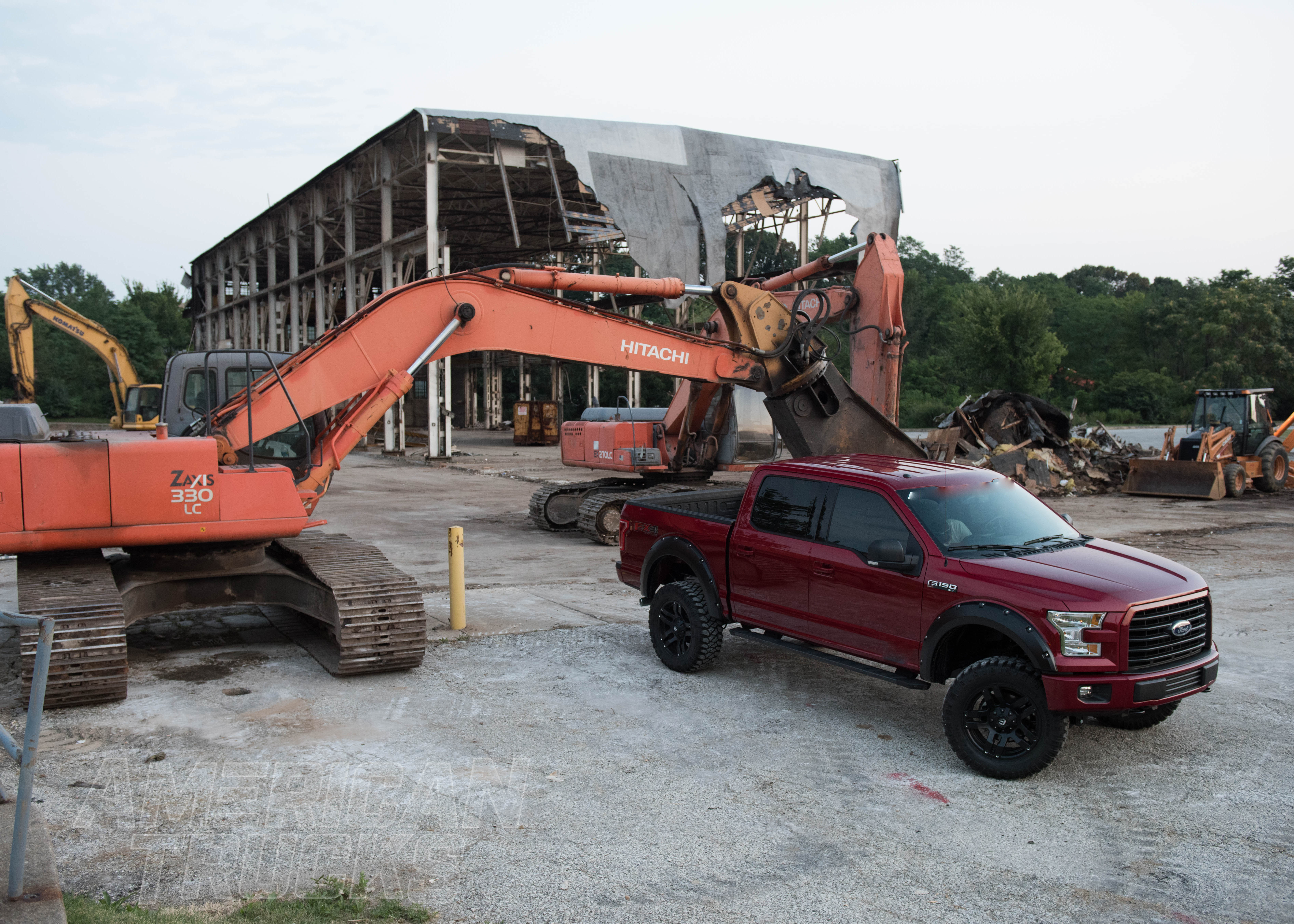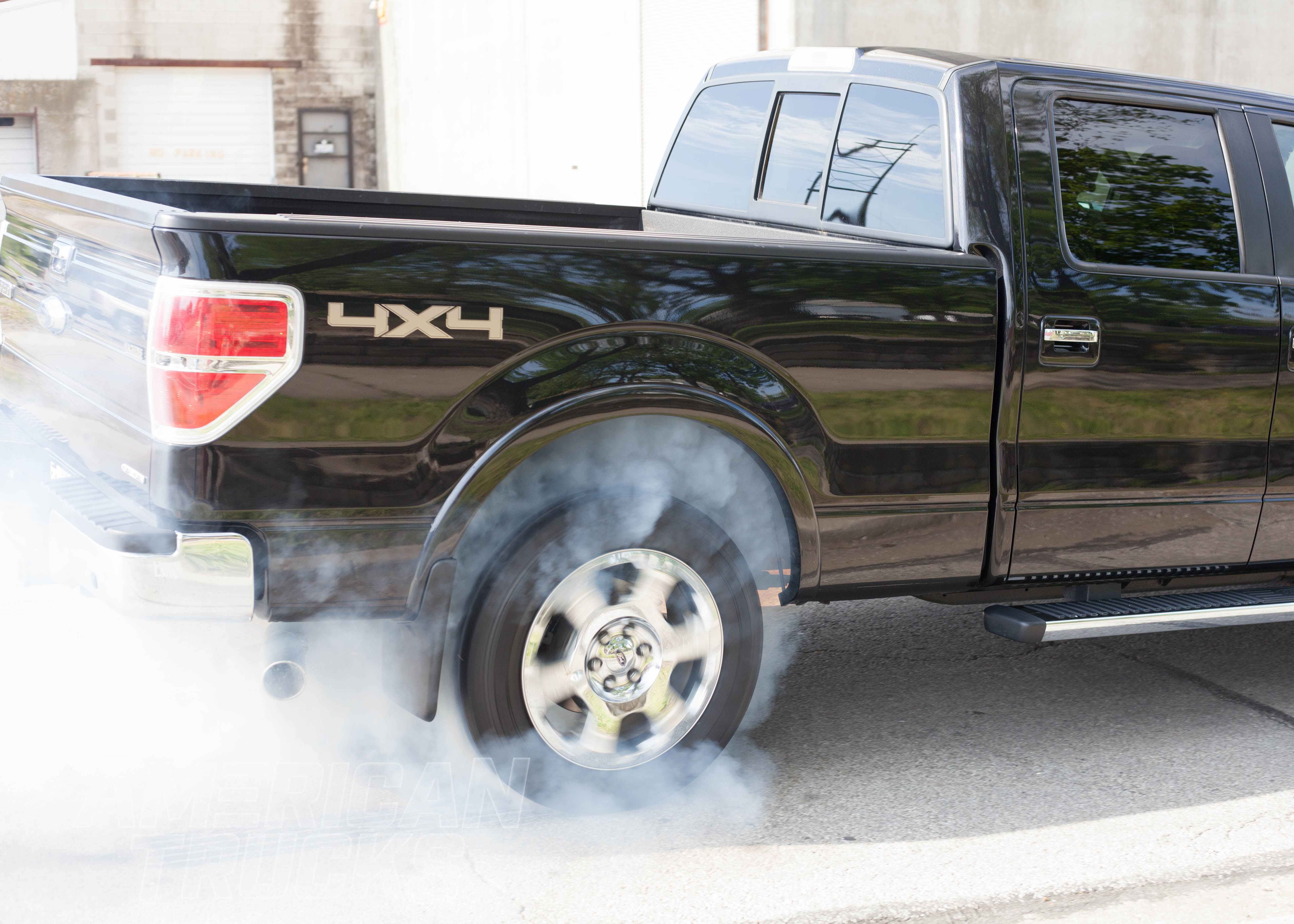AmericanTrucks is proud to offer FREE SHIPPING on any order over $75!
Free Shipping Offers are for Standard Ground Delivery Service and are only valid for shipping addresses within the 48 contiguous United States. Truck freight and oversize charges still apply unless otherwise noted, and can only be shipped to the lower 48 States. Rough Country items are not included in Free Shipping offers. Tires and Wheel and Tire Kits do not qualify for free shipping.
Shipping to Alaska and Hawaii will require an additional charge.
Certain vendors have shipping restrictions that require us to collect a handling fee for the part. You'll see it on the item page as a Vendor Handling fee, and it will show up in the cart below the item(s) you're ordering.
For full shipping details please view our Shipping Policy


